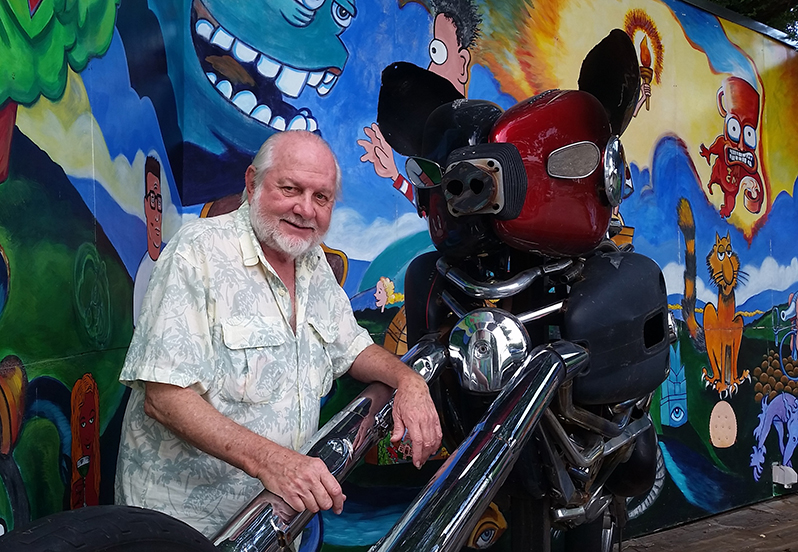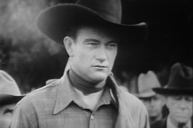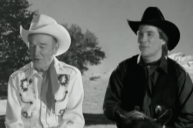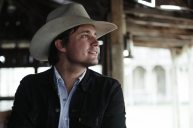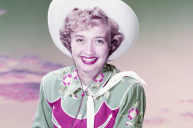[dropcap]T[/dropcap]he wild and wondrous art of Bob "Daddy-O" Wade can't be contained in a museum. Although Wade's work can be found in galleries from Houston to the Royal Palace in Monaco, it's best experienced on a road trip full of oddities and roadside attractions. In fact, if you live in Texas, there's a good chance you've driven by a Daddy-O creation without ever knowing the man behind it.
Wade grew up traveling around West Texas, where his father worked as a hotel manager. The independent, "free-wheeling, let-it-roll" spirit of the Lone Star State led Wade to a career as a fearless artist, unbound by tradition or rules. As Daddy-O, a college nickname given to Wade due to his hair style and affinity for hot rod cars, Wade has carved out a space in the art world for stuffed armadillos, roving cowgirls, giant iguanas, dancing frogs, and a 40-foot map of Texas.
To hear Wade tell it, it all started with a couple of cowboys.
Gene, Roy and Daddy-O
One look around Wade's workspace and you might assume he's like many other children of the '50s who grew up idolizing Roy Rogers. Wade's studio is filled with Rogers memorabilia from lunchboxes to old movie posters. But he has a connection to the famous singing cowboy beyond loving westerns and Trigger.
Rogers is Wade's second cousin. The young Daddy-O would often visit with his cowboy hero kin when Rogers stayed at Marfa's famous Hotel Paisano when it was managed by Wade's father. He even got to meet the equally iconic Gene Autry.
Wade's story is unique, but his love for cowboy culture was anything but.
"These little buckaroos were all dressing up like movie cowboys — Gene Autry and Roy Rogers," Wade tells Wide Open Country. "I wasn't the only kid like that. Everybody wanted to be like Hopalong Cassidy or the Lone Ranger."
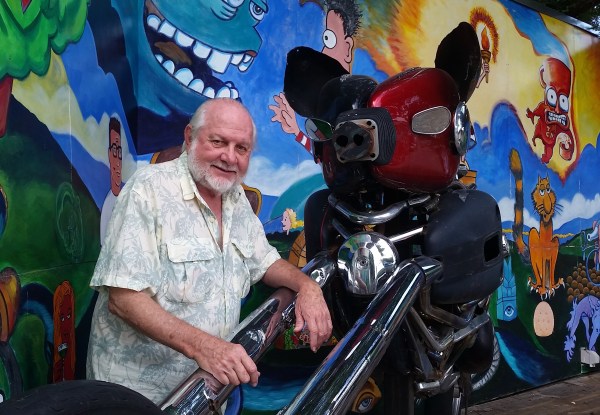
Wikimedia Commons
As Wade got older, his interest in old west imagery only grew. He became enamored with vintage old west photographs found in truck stops and cafes across the country, as well as family snapshots that captured a uniquely Texan way of life.
"I said there's something about this western — well, there's the mythology, of course — but just the culture, the real thing is pretty quirky," Wade says. "I thought what if I took some of those photos and started using them in my work? That's kind of where a lot of that early black and white photographic stuff began."
Wade began enlarging his found black and white photography and placing it on photo-sensitized linen. He then added color through airbrushing and hand coloring the enlarged photos.
"When you add the color you're actually giving it life," he explains. "Sometimes I'll be working on these faces and it's almost like they come alive."
Wade says sometimes the photos come a little too alive. When working on his famous photo of a lineup of cowgirls, Wade says one of the women spoke to him.
"Of course I probably had a couple of tequilas, but I swear one of them said 'thanks for giving us a second chance.'"
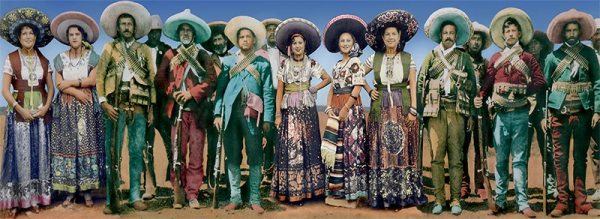
Bob Wade
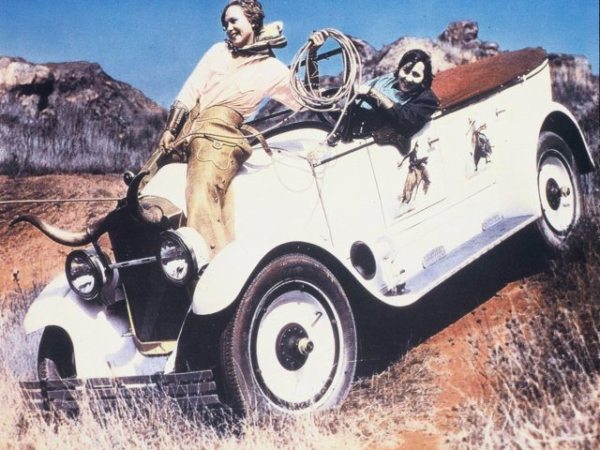
Bob Wade
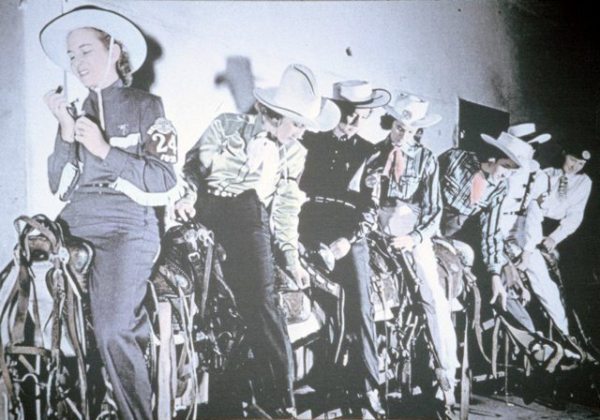
Bob Wade
Exporting Texas
While teaching art at North Texas University, Wade noticed an increasing European influence on Texas' urban centers.
"They were importing European culture via Neiman Marcus, the museums, the galleries, everything is European coming in," Wade says. "Why can't we export Texas to Paris?"
So Wade exported Texas to Paris. He submitted the Texas Mobile Home Museum, a 1947 Spartan trailer with a taxidermied bucking bronco inside, to the Paris Bienalle.
With the old adage "everything's bigger in Texas" in mind, Wade set out to create art installations that captured the spirit of the road side attractions he loved as a kid. In 1977, he made a massive bicentennial map of U.S.A, about the size of a football field.
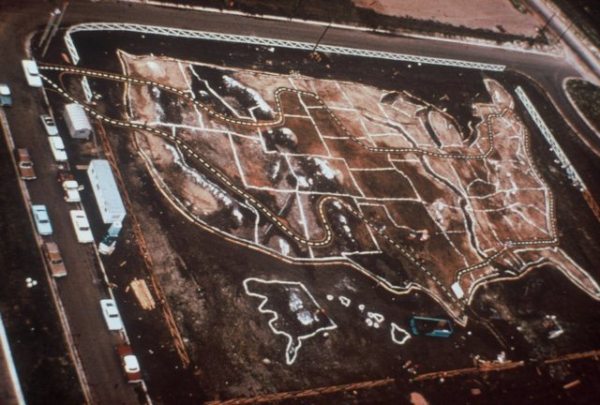
Bob Wade
Wade's work became increasingly ambitious from there. He created a 40-foot iguana named Iggy for an artist's colony in upstate New York. Iggy was later moved to New York's Lone Star Cafe, the ideal hangout for rock 'n rollers and Lone Star state politicians alike. Everyone from the Rolling Stones to Texas governor Ann Richards schmoozed with Iggy.
Texas style and culture was in vogue, Wade says.
"That was when Texas chic was just starting to hit the east coast," he noted. "Everybody started wearing cowboy boots, fringe jackets. Everybody had their little hats."
Soon after, Texas made its way to Washington D.C. Wade was commissioned to create something for a space just a few blocks from the White House. Ever the faithful Texan, Wade dreamed up a supersized (approximately 40 feet tall and 30 feet wide) pair of ostrich cowboy boots. As fate would have it, Dallas was brand new television smash and the entire country was enraptured by the sagas of Sue Ellen, J.R. and the Southfork Ranch. Wade, who completed the boots in just three months, knew had struck gold.
Of course, Texans and Capitol Hill already had a longstanding relationship.
"We had the history of politicians going to D.C., going back to Sam Rayburn and then L.B.J. and all these other senators and people so there was this whole thing about the Texans and that political thing."
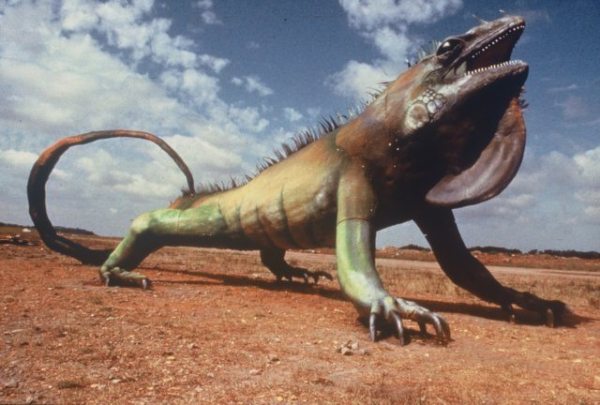
Bob Wade
The Iguana Takes Flight
Even after Wade's installations are disassembled and packed away, they have a way of finding their rightful home again. The famous ostrich cowboy boots eventually stepped down to San Antonio and now reside at the North Star Mall. About 300,000 cars drive by the boots each day.
A new documentary on Daddy-O, Flight of the Iguana (out in 2017), explores the wild ride his creations have taken. Case in point: Iggy the flying iguana. In 2010, Iggy was delivered by helicopter to the roof of the Fort Worth Zoo.
"That might be one of my finest moments ever," Wade states. "Standing there after all those years, traveling everywhere, being famous and then disappearing from sight for 11 years and here it comes. And in Forth Worth — Cowtown."
Wade says he prefers to showcase his work in public spaces, whether it be looming from a rooftop or on the side of the highway. He hopes to revive the roadside attraction, a cherished part of Americana that is slowly fading from sight. It's a tall order, but Daddy-O is still the man for the job.
"When you work outdoors, space will just eat up anything," Wade says. "When you can produce something outside that can compete with buildings and the big skies, then you've got something that can hold its own."
Now Watch: The Western That Starred The Highwaymen
